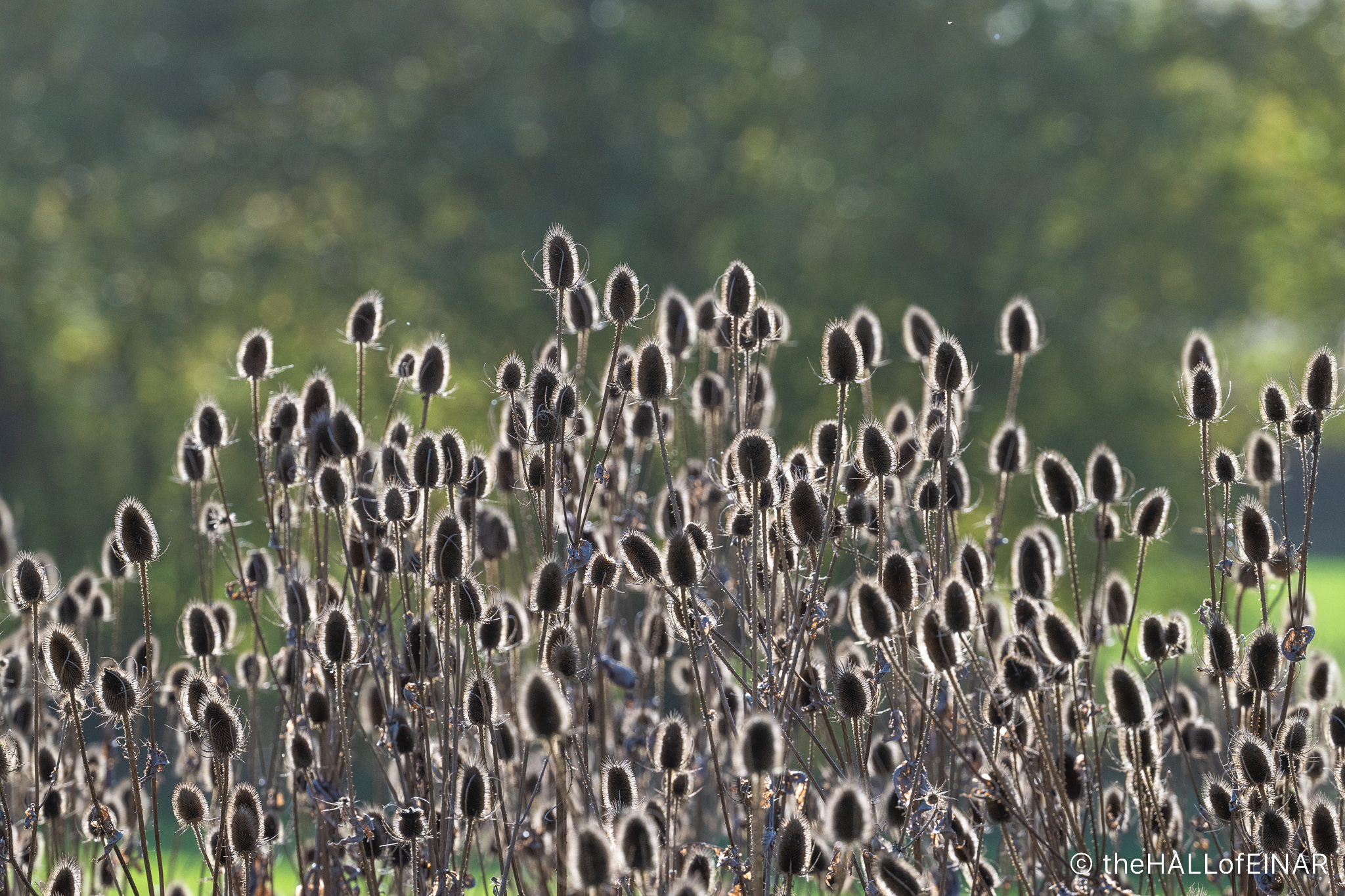Brushes and combs
Teasel is a biennial plant. That means it takes two years to finish its life cycle. The first year is taken up with the seed germinating and growing a rosette of leaves, and then, after dormancy in the cold weather, it is followed by a second year in which flowering, fertilisation and then seed production takes place. Then it all starts again in the spring of the next year. It’s a life of two halves. It’s very different from annuals which live their lives in a year and perennials which can live for over a thousand years in some cases.
Beautiful, isn’t it? They make very useful brushes and combs.

The textbooks can’t be right that Teasel is only a biennial plant, though. That’s because Teasel is found in flower every year. If all Teasel was truly biennial then it would only flower on alternate years, with all of them synchronised in the same two-year pattern. That’s clearly not the case. If they were kept from fertilising each other, by flowering in alternate years, there would soon be two distinct and separate species flowering in alternate years; there aren’t.
There must be an annual or more likely a triennial in there somewhere, sharing the Teasel gene pool between years. How very sneaky.